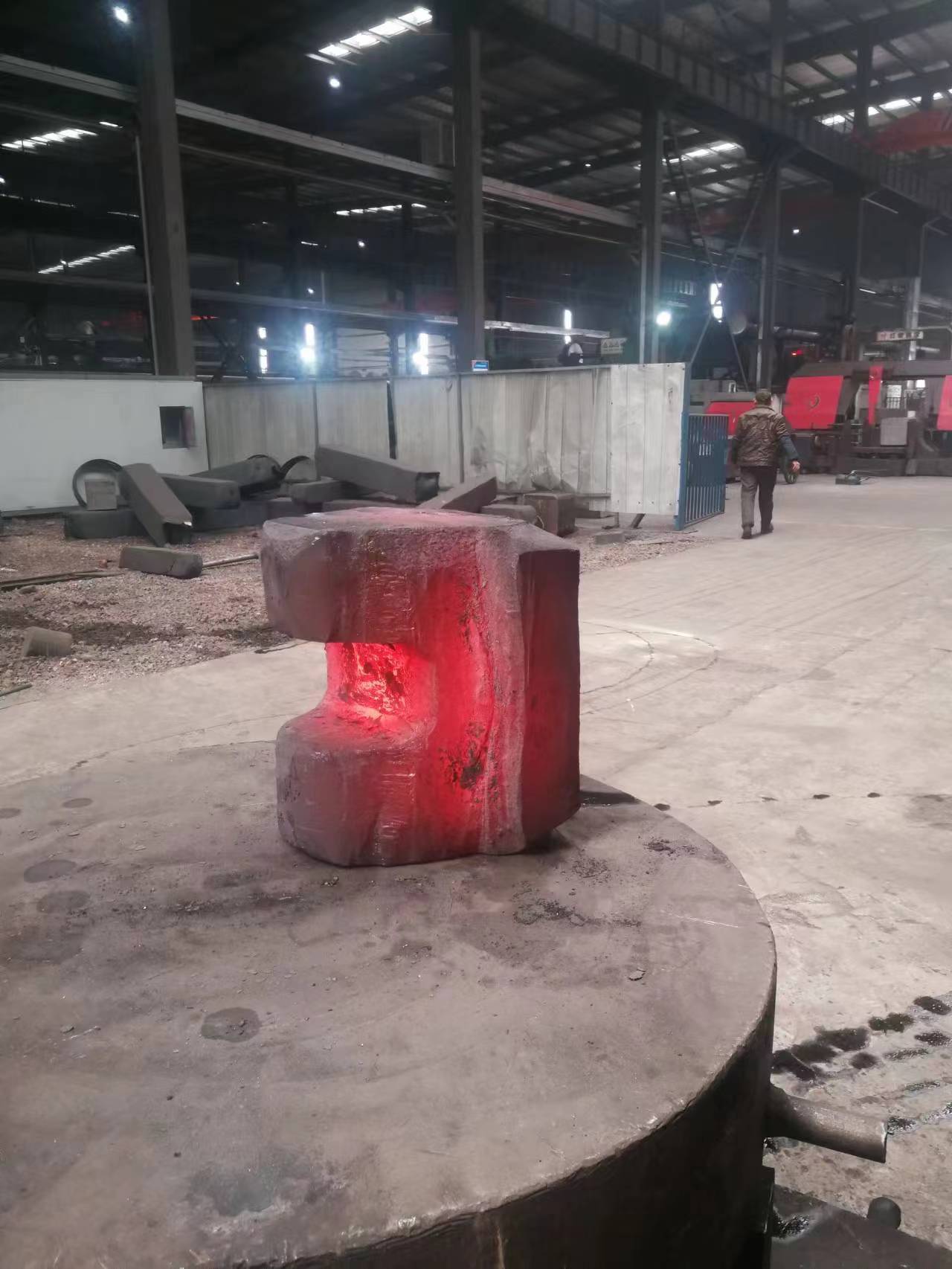Effect of cutting on heat treatment of forgings
2023-12-26
In the forging tempering, annealing, normalizing state, the hardness is less than 45HRC, cutting on the quality of the forging including surface finish, residual stress, processing allowance, surface decarburization of carbon-poor layer removal, the impact is not obvious, will not cause the potential performance of the workpiece changes.
For forgings hardened steel or forging processing, also known as hard processing, workpiece hardness as high as 50~65HRC, materials mainly include ordinary hardened steel, hardened die steel, bearing steel, roller steel and high-speed steel, etc., the impact of cutting processing is more obvious. Factors such as the generation and conduction of cutting heat, high-speed friction and wear in the machining process will cause a certain degree of damage to the machined surface.
The integrity of the machined surface mainly includes the surface microstructure, hardness, surface roughness, dimensional accuracy, residual stress distribution and white layer generation.
The hardness of machined surface increases with the increase of cutting speed, and decreases with the increase of cutting quantity. And the higher the hardness of the machined surface, the greater the depth of the hardened layer. The results show that the residual compressive stress on the forging surface is uniform after hard cutting, while the compressive stress on the forging surface after grinding is mainly concentrated on the workpiece surface.
The larger the radius of tool obtuse Angle is, the larger the residual compressive stress is. The higher the hardness of forging, the greater the residual compressive stress value. The hardness of the workpiece has great influence on the surface integrity of the workpiece. The higher the hardness value of the workpiece, the more favorable the formation of residual compressive stress.
Another important factor affecting the quality of hard cut machined surfaces is the formation of white layers. The white layer is a kind of microstructure formed by the hard cutting process, which has unique wear characteristics: on the one hand, high hardness and good corrosion resistance; On the other hand, it shows high brittleness, which is easy to cause early spalling failure, and even cracking after forging processing and placing a stage. When cutting hardened AISIE52100 bearing steel with ceramic and PCBN tools on a high rigidity CNC lathe, it is found that the microstructure of the surface and sub-surface of the forging has changed, and the microstructure is composed of white untempered layer and black over-tempered layer.
At present, the white layer is regarded as martensitic structure, and the main controversy lies in the fine structure of the white layer. One view is that the white layer is the result of phase transition and is composed of fine-grained martensite formed by rapid heating and sudden cooling of the material during cutting. Another view is that the formation of the white layer is only a deformation mechanism, which is an unconventional martensite from plastic deformation.
here is big forgings produced by tongxin precision forging company




